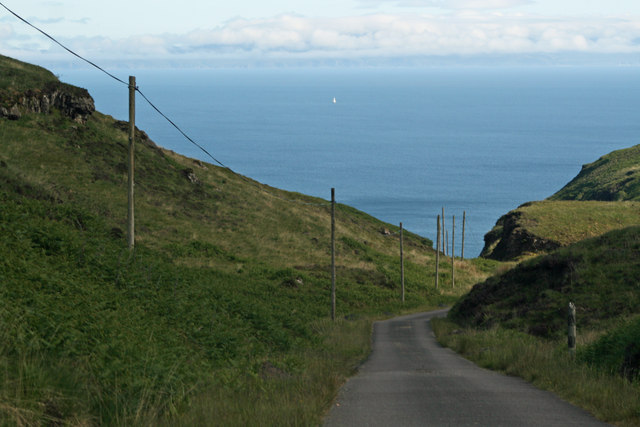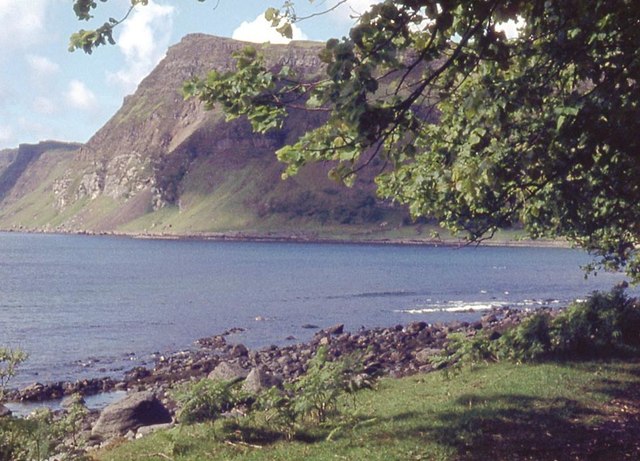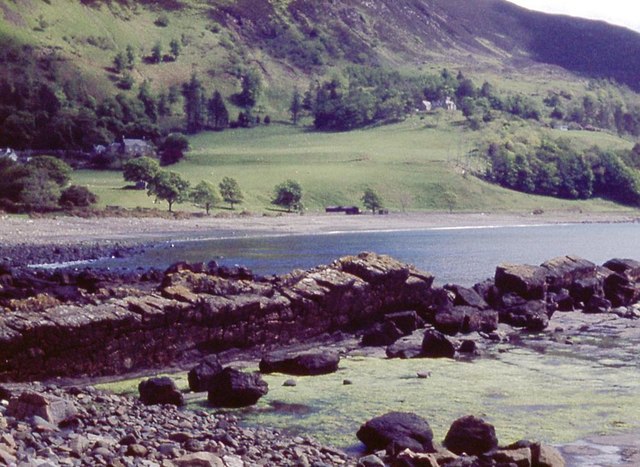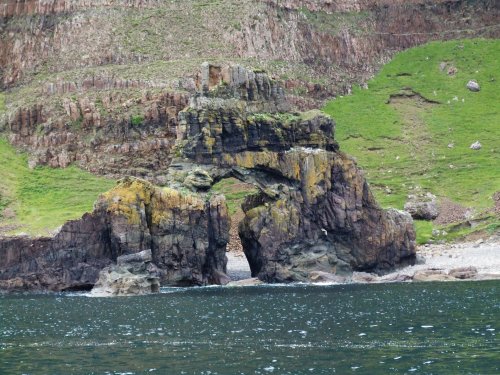Carsaig Bay
Bay in Argyllshire
Scotland
Carsaig Bay
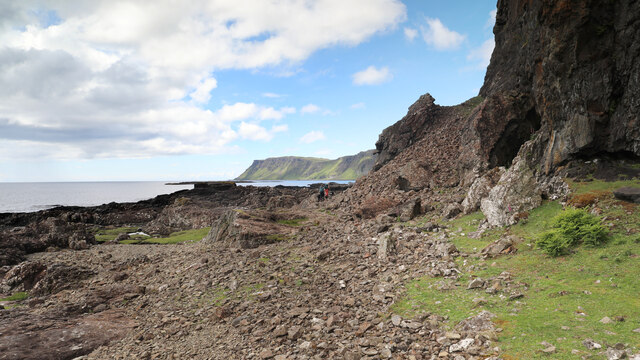
Carsaig Bay is a picturesque bay located on the southwestern coast of the Isle of Mull in Argyllshire, Scotland. It is renowned for its stunning natural beauty and diverse wildlife, attracting nature enthusiasts and visitors from all over the world.
The bay is characterized by its rugged cliffs, towering sea stacks, and dramatic rock formations, which provide a breathtaking backdrop to its crystal-clear turquoise waters. The bay is also home to a beautiful sandy beach, perfect for relaxing and enjoying the scenic surroundings.
Carsaig Bay is not only visually appealing, but it is also a haven for wildlife. The area is known for its rich marine life, including seals, dolphins, and various seabird species. Birdwatchers can spot rare species such as golden eagles, puffins, and guillemots nesting on the cliffs.
In addition to its natural wonders, Carsaig Bay holds historical significance. It is the site of the Carsaig Arches, a series of natural rock arches formed by erosion over thousands of years. These arches serve as a reminder of the area's geological history and attract geologists and geology enthusiasts.
Visitors to Carsaig Bay can indulge in various outdoor activities such as hiking, birdwatching, and photography. The bay can be accessed by foot or by boat, and there are several walking trails that lead to stunning viewpoints overlooking the bay.
Overall, Carsaig Bay offers a unique and captivating experience for nature lovers, history enthusiasts, and those seeking tranquility amidst breathtaking scenery.
If you have any feedback on the listing, please let us know in the comments section below.
Carsaig Bay Images
Images are sourced within 2km of 56.320281/-5.9795041 or Grid Reference NM5421. Thanks to Geograph Open Source API. All images are credited.

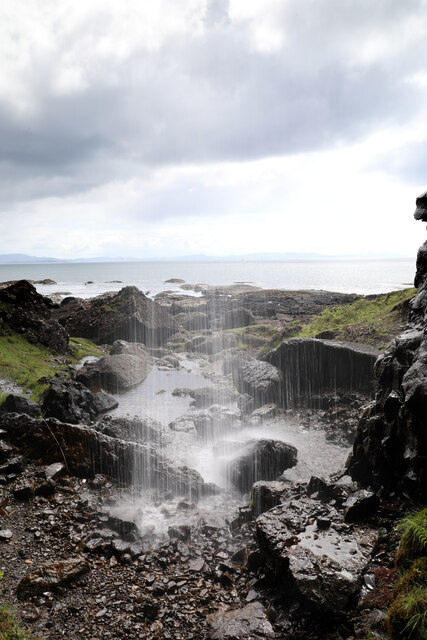
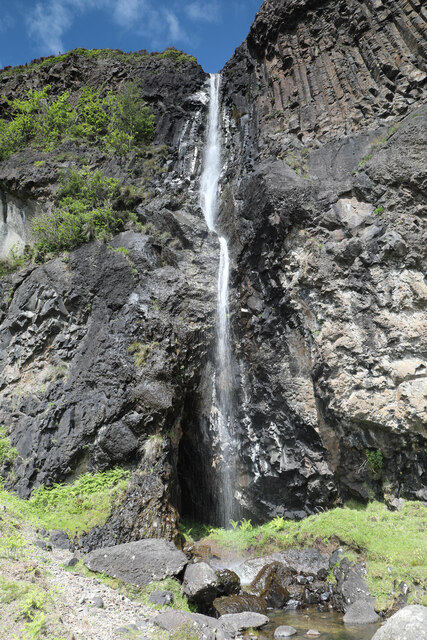
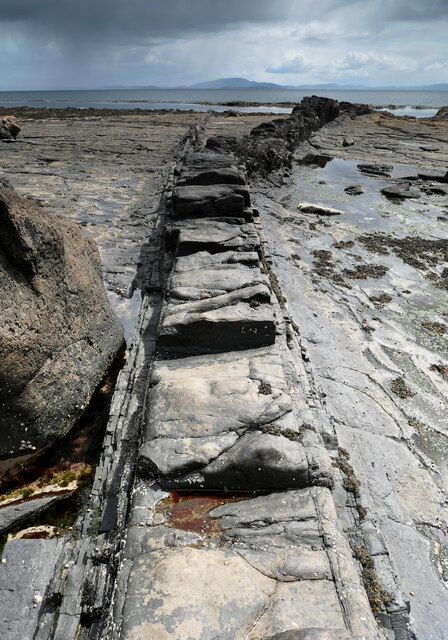
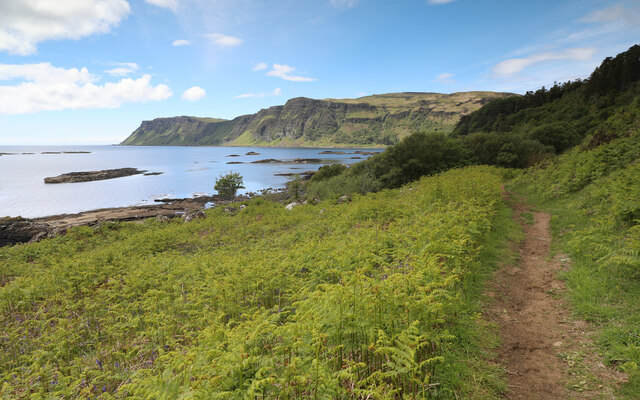
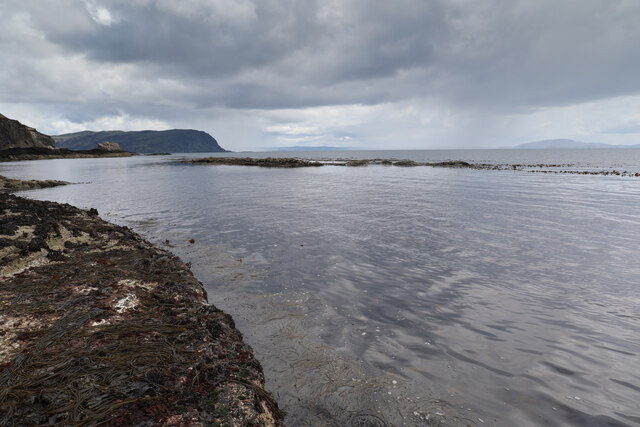
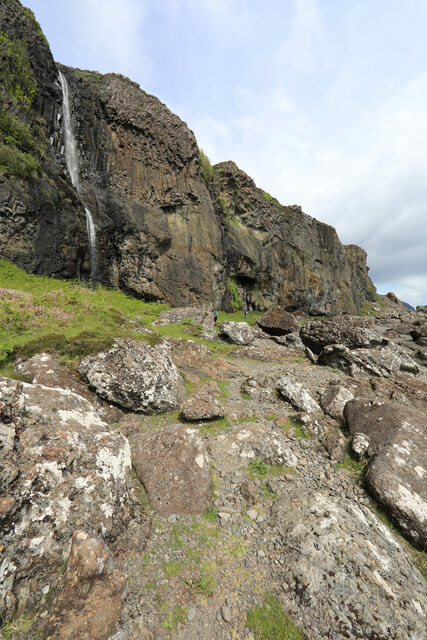
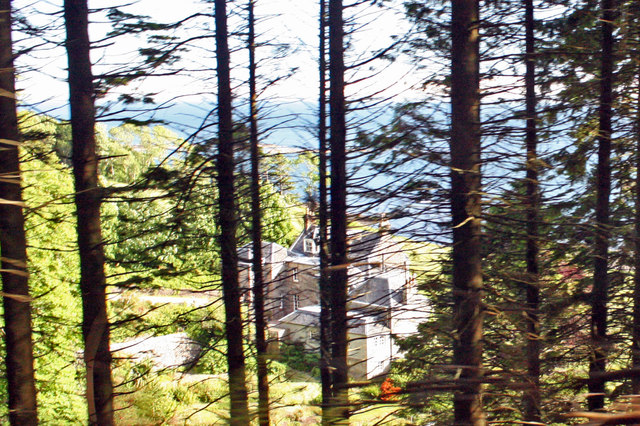



Carsaig Bay is located at Grid Ref: NM5421 (Lat: 56.320281, Lng: -5.9795041)
Unitary Authority: Argyll and Bute
Police Authority: Argyll and West Dunbartonshire
What 3 Words
///think.snug.gladiator. Near Lochbuie, Argyll & Bute
Nearby Locations
Related Wikis
Carsaig Bay
Carsaig Bay is a cove on the Ross of Mull in the south of the Isle of Mull, off the west coast of Scotland. It is situated 5 kilometres (3 miles) eastward...
Carsaig Arches
Carsaig Arches are natural arch cliff formations on the Ross of Mull in the south of the Isle of Mull, on the west coast of Scotland. They are situated...
Pennyghael
Pennyghael (Scottish Gaelic: Peighinn nan Gàidheal) is a small village in the Ross of Mull, Argyll and Bute, Scotland. It is located along the A849 road...
Loch Buie
Loch Buie (Scottish Gaelic: Locha Buidhe, meaning "yellow loch") is a sea loch on the south coast of the Isle of Mull, off the west coast of Scotland....
Nearby Amenities
Located within 500m of 56.320281,-5.9795041Have you been to Carsaig Bay?
Leave your review of Carsaig Bay below (or comments, questions and feedback).
